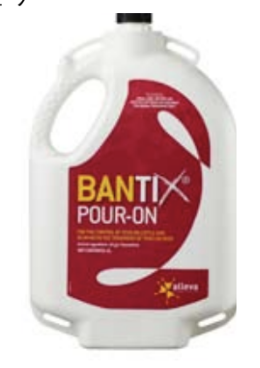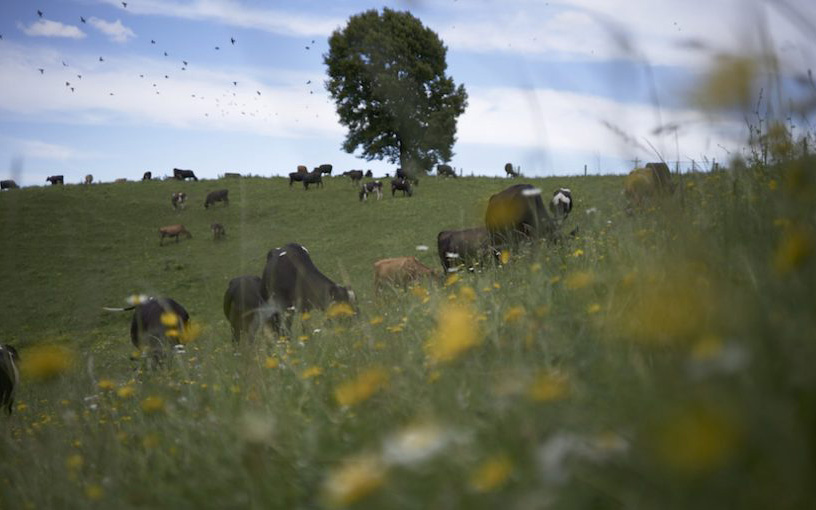Uneven pasture has been noticeable around the district and often occurs when the grass is growing well. The unevenness is due to nutrient deficits. Nitrogen is often the limiting nutrient and when nitrogen has been applied and the pasture is still lumpy then it is either potassium (K) or sulphur (S), or both.
Doug Edmeades calls lumpy pasture, Indian pasture, it’s a bit a patchy.
Sulphur deficiency shows up as an orange tinge. If you have ever had a wheelbarrow of dirt full up with rainwater, the dirt starts to smell like Rotorua. The sulphur is being gassed off as hydrogen sulphide. If you soid sits soggy with water the same effect will be happening.
Both sulphur and potassium associate with soil organic matter, they bind to the soil organic matter. When ground is “worked up” the organic matter frequently gets oxidised and breaks down and the soil “loses its’ ability to hold onto sulphur and potassium. Hence this lumpy orange pasture is frequently seen in new grass paddocks after cropping.
This can be overcome by applying an additional 20kg of elemental sulphur and 40 kg potash, over and above what is normally applied every year.
Understanding and monitoring the actual elemental kilograms of nitrogen, phosphate, potassium and sulphur (N, P, K, S) applied every year to your property and associating this with pasture growth will help your business.

holding Tick Control
Breaks the tick life cycle
Stops adults laying eggs
Provides 3 – 6 weeks protection
Bantix Pour-On is registered pursuant to the
ACVM Act 1997 No A11154

